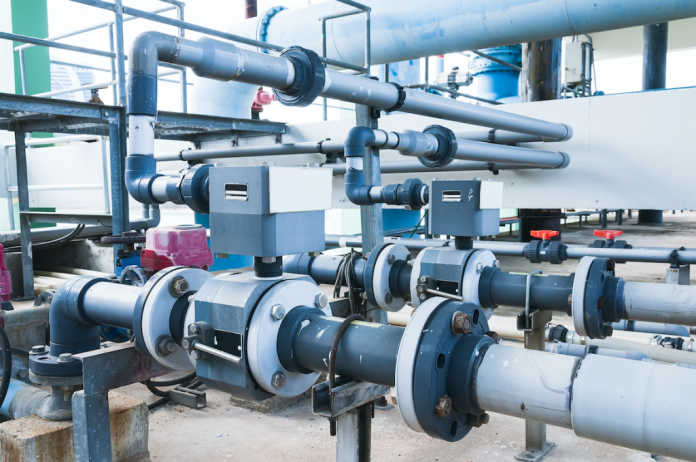By Gustaf Olsson*
When is a water system smart? At a minimum, if it produces an acceptable product while minimising energy and other resource requirements. It’s a system that should respond rapidly to disturbances and recover quickly after a major upset. Instrumentation, control and automation are the key ingredients of a smart system, enabling a simple framework that a control engineer calls the feedback loop. We call it the MAD approach to smart water management: M is for Measure; A for analysis; and D for Decision-making.
To measure is to know and this requires adequate data in space and in time. Data analysis is critical to understand and interpret data in a way that will turn it into useful information. This is the basis for making decisions, manually or automatic.
Measurement
Sensors and instruments that provide adequate data are the basis of “smart”. Measured or observed phenomena are the foundation for all feedback. Flow rates, and a multitude of concentrations and quality parameters, are the foundation for all operations in water systems. Instrumentation must be robust, easy to maintain and cost effective. This is even more important in an unmanned process.
For a long time, instrumentation was considered the bottleneck for control and automation in water systems. This is no longer the case. The development of nutrient sensors in the last two decades has been impressive, and there is an interesting progress towards “smart” sensors with multiple heads, able to be placed anywhere in a process.
Analysis
Unlike humans, computers are infinitely attentive and can detect abnormal patterns in operating data. Monitoring the key parameters and operational state of a process or a machine via online instrumentation reduces the risks for operational problems and other errors. Consistent monitoring of the “product quality” will prevent problems growing too large. By rapidly detecting deviations from “normal”, it’s possible to minimise the costs of abnormal behaviour.
Monitoring the machinery and the plant equipment forms the basic level of diagnosis. Simple indicators can warn if a motor is not running or if pressure is getting too high or too low. Alarms triggered by rapidly changing equipment behaviour or basic physical parameters–like flowrates, pressures, or levels–are essential pieces of information.
At the other extreme, biological parameters will change slowly. For example, floc settling properties depend, among other things, on the species of organisms. It is important to detect early signs of flow settling changes. Once they are apparent we may have sludge bulking, and it‘s too late to make simple corrections. Early warning systems are critical in biological wastewater treatment.
Any monitoring system must determine whether the acquired data are meaningful and correct. Before any analysis can be made it is crucial to rectify or screen the data so that false conclusions are avoided. Irrelevant information–noise or extreme data points–must be removed.
Decision (control)
Having obtained data that is getting screened and analysed, a decision can be made, either automatically or manually. Decisions can then be made based on the defined goal or purpose of the system, before being translated to action via an actuator, typically a motor, a pump, a valve or a compressor.
By adopting MAD thinking it’s possible to make water systems smarter. MAD principles are functional in all timescales, from equipment operation in the time scale of seconds, to the management of a plant in the order to months or longer.
How do we meet the other criteria for a smart system: minimising energy and other resource requirements?
Two parallel developments have the potential to significantly transform water supply and wastewater treatment systems: renewable energy and decentralisation. Renewable energy, primarily solar and wind power, is already revolutionising the availability of affordable clean energy. The growing development of decentralised water systems is accelerating smart solutions, using adequate sensors, control and automation becomes critical.
The water sector is energy intensive, and available, affordable electricity is critical to pump and treat water. Approximately 84 percent of the global population has access to electricity, implying that almost 1.2 billion people are still without it. In many regions with energy poverty there are abundant renewable energy sources. In Africa and Asia particularly, a lot of rural areas are not connected to any grid infrastructure. Here solar and wind power offer huge opportunities, providing energy for pumping, for water re-use and purification using different technologies in decentralised systems.
Smart water supply and treatment systems that take advantage of affordable renewable energy in combination with adequate automation, present a real opportunity to satisfy two of the UN Sustainable Development Goals: clean water and energy for all.









